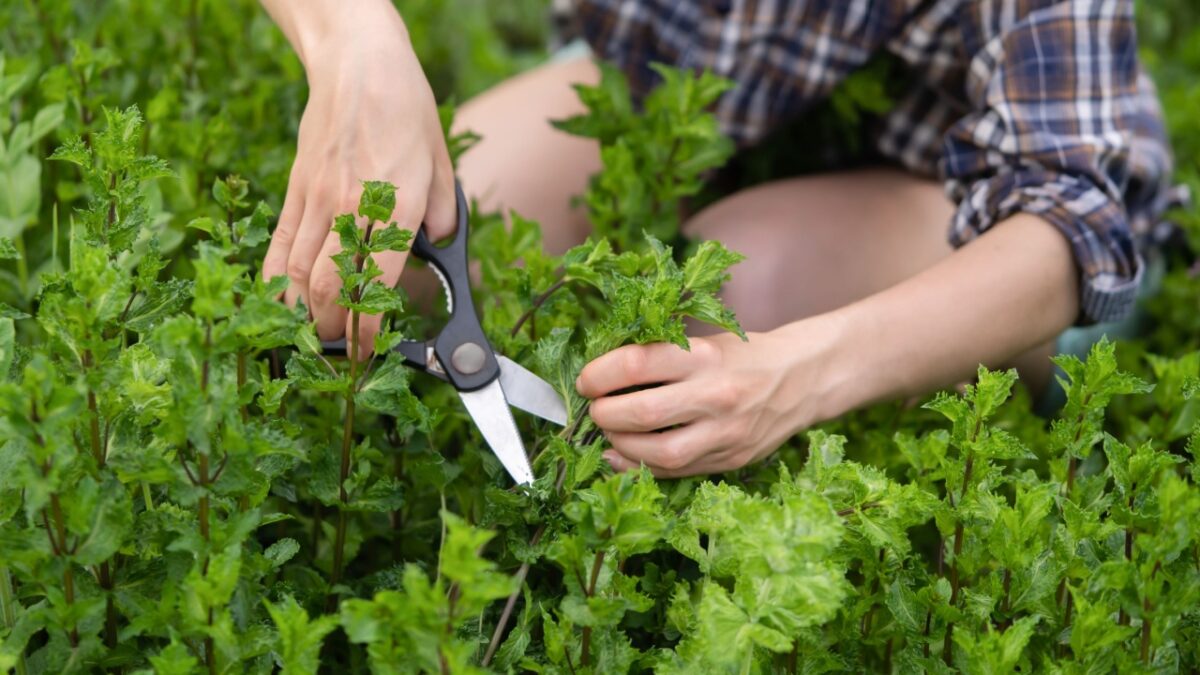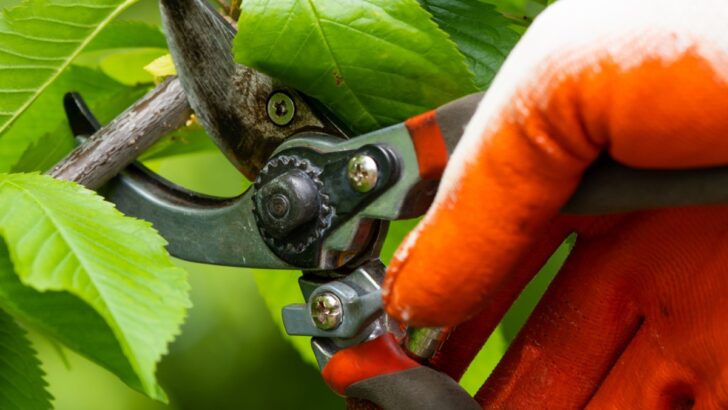Pruning is a necessary task when you’re gardening, but did you know there’s a right and wrong way to do it? It’s not as simple as just hacking away at pieces of your plants and hoping for the best.
In fact, approaching your plants this way can lead to irreparable harm. Pruning is an art, though it’s not quite as intricate as bonsai. You do, however, want to make sure you cut your plants back in a way that fosters growth rather than more damage.
Whether it’s your first foray into gardening or you’re a seasoned expert, these tips can help keep your plants thriving.
Importance of Pruning

Pruning your plants can benefit them (and you) in many ways. First, it can help to control the size of your plants. This is a good idea when you have trees and bushes that you might not want to grow out of control.
Pruning also helps shrubs and trees grow big and strong, strengthening their structure. For fruit plants and flowers, it can help boost the harvest and number of blooms, respectively.
Know When to Prune

You want to make sure you prune at the right time. For example, dormant plants benefit from trimming in the winter months, while all pruning should be avoided in the autumn months because it can stimulate new growth that would be susceptible to the harsh winter temps.
The bulk of pruning should take place in the spring after plants — especially flowers — finish blooming. In the summer, just do enough to shape the plant, but avoid excessive cutting.
The Three Ds of Pruning

If you’ve never pruned plants before, there are three Ds you want to look for: damaged, diseased, and dead. If you notice the foliage or stems exhibiting any of these, it’s time to snip-snip them away.
Doing so fosters healthier growth in the plants, so the nutrients are sent directly to the healthy parts of them, rather than parts that have no hope left.
Tall vs Wide

When you start trimming away the dead weight on a plant, you’re encouraging new growth, but the way you cut influences the direction it takes. For example, if you want your plants to grow taller, you’ll want to trim off the lower stems and/or branches.
If you’re looking for wider growth, just cut the tips of your stems and branches.
Watch How Much You Prune

It’s very easy to go overboard when you’re trimming your plants, but it’s important to understand the universal law: less is more. Doing too much at once or over a short period of time, say two weeks, can actually damage a plant.
If you find yourself constantly pruning one particular flower, you might have a lost cause on your hands.
Pruning Differs by the Plant

Just as every plant type has a different structure, they need to be cared for uniquely. When you prune herbs, for example, you’ll cut from the outside in as it prevents them from becoming too woody (more stem than leaves). Basil is the exception, where you’ll cut above each leaf node.
Pruning leafy greens means cutting away damaged leaves and harvesting older ones. Eliminate bolts (shooting up stems) to keep harvests coming. With flowers, you want to pinch off early blooms before they fully open to encourage more growth. It’s also beneficial to snip off blooms that are past their prime.
Choose Quality Shears

There are so many types of shears out there for different purposes and people tend to be very diligent with how they’re used. For example, try cutting paper with fabric scissors, and you might wonder why you’re waking up on the floor.
It’s the same with gardening shears. Make sure you’re using those specifically for pruning plants, and don’t skimp on quality. Lightweight ones with comfort grips are best for most people, and choose those with a high stainless steel content.
What Types of Pruners Do You Need?

Of course, there are many different types of pruners, but there are a few that experts recommend. Needlenose shears, for example, get inside those tighter spaces and help you trim back just what you need. These work exceptionally well for herbs.
Tiny pruners, known as pocket snips, work well for leafy green plants, and the larger pruners are necessary for cutting thick stems and caring for bigger plants.
Clean Shears After Pruning

Just like you would clean a knife between uses, you want to do the same with your shears before each pruning session. Doing so helps remove any traits of plant disease or other contaminants that might be present on the blades.
The last thing you want to do is spread disease among your plants, so rub them down with rubbing alcohol between uses.


